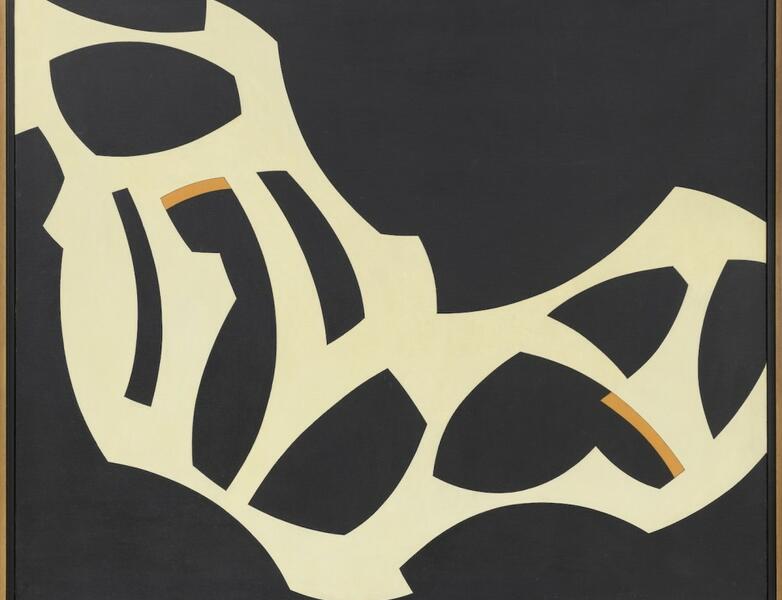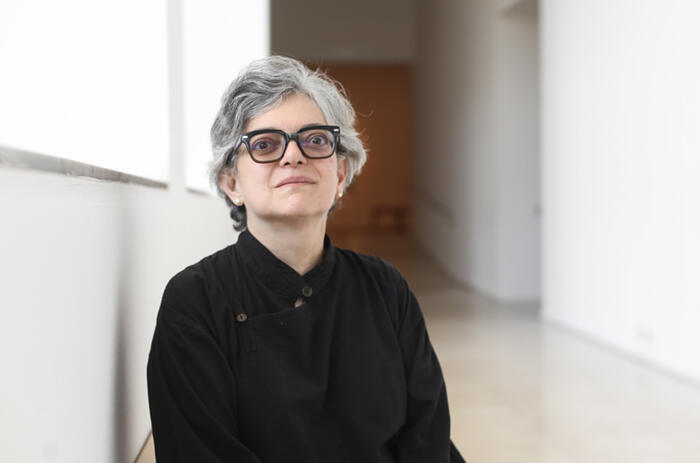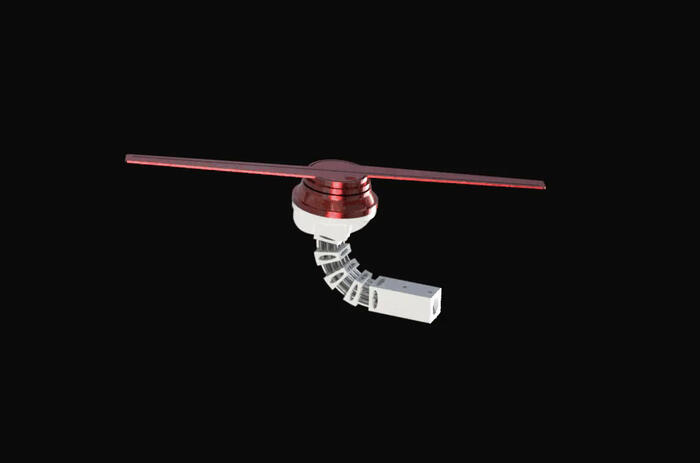ELSA GRAMCKO: THE INVISIBLE PLOT OF THINGS
Curated by Gabriela Rangel and presented in the Sicardi | Ayers | Bacino gallery in Houston in partnership with James Cohan New York (who will host a second exhibition in November 2022).

This exhibition, curated by prestigious Brooklyn-based independent curator and writer Gabriela Rangel, offers a comprehensive survey of Gramcko's artistic practice from the mid-1950s through the mid-1970s. A groundbreaking Latin American post-war artist, Gramcko (1925 - 1994, Venezuela) never identified with a formal artistic movement but freely explored geometric abstraction, surrealism, and informalism through her painting, assemblage, and sculpture.
As Rangel writes,
“In 1954, Elsa Gramcko completed a series of oil paintings that blended surrealism and geometric abstraction with a unique machinic sensibility. These groundbreaking early works caught the attention of critics, granting her invitations to a group show at the Musum of Fine Arts, Houston and a solo show at the PanAmerican Union in Washington, D.C. The dynamic chromatic palette that Gramcko used in her first works evolved into larger canvases of tubular shapes composed using a few complementary hues on black backgrounds. By the end of the 1950s, she developed new works characterized by elegant, biomorphic shapes with a strong graphic inflection that positioned her as a singular artist among her peers.
Gramcko kept a non-partisan position in relation to local avant-garde groups that promoted abstraction as a universal expression aligned with the country's process of modernization. An avid reader of surrealist poetry, German existentialist philosophy, and Cart Jung's meditations on memory and consciousness, Gramcko explored different avenues of post-war painterly abstraction as a new path to humanism.
At the beginning of the 1960s, Gramcko produced a series of dense, textured, and rust-infected metallic paintings. Subsequent works incorporated new materials such as sand, glue, and cement, shifting her aesthetic gravity toward assemblage. Although Gramcko never identified as an informalist artist, her use of additive and conglomerate techniques demonstrated an affinity with the tendency, especially in her paintings on windows and doors, and in her three-dimensional collages and assemblages, which included medium-scale sculptures on painted and welded steel. Towards the end of her career, Gramcko recalibrated assemblage using recycled wooden boards and planks on which she combined words and numbers.”
Gramcko's work can be found in public collections, including Museum of Modern Art (MoMA), New York. New York; the Museum of Fine Arts Houston, Houston, Texas; Denver Art Museum, Colorado: The Ella Fontanals Cisneros Collection, Miami, Florida; Art Museum of the Americas (AMA), Washington, D.C.; The Rhode Island School of Design Museum (RISD), Providence, Rhode Island; Spencer Museum of Art, The University of Kansas, Lawrence, Kansas; Museo de Arte Moderno de Bogotá (MAMBO), Bogota, Colombia; Museo de Bellas Artes, Caracas, Venezuela; Galería de Arte Nacional, Caracas, Venezuela; and Colección Banco Mercantil, Caracas, Venezuela; among others








